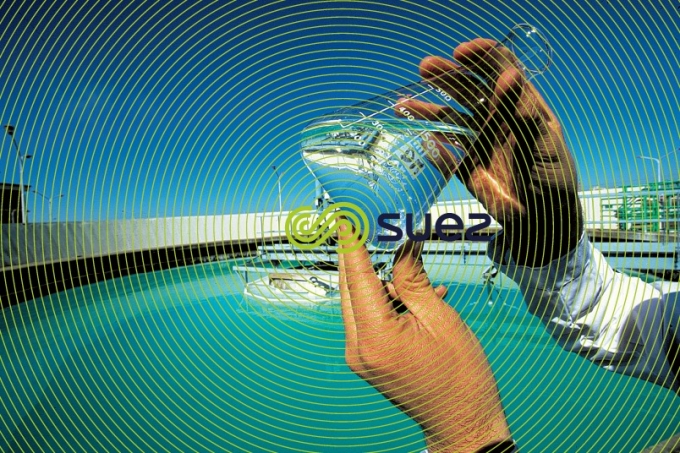water analysis and treatability



Analysis is an essential requirement at every stages, from plant’s design to operation:
- water analysis carried out on water supply sources or on raw wastewater;
- water analysis performed during plant commissioning;
- routine water analysis performed during plant operation to verify consistent compliance with the relevant standards …
This field is undergoing rapid changes as the result of:
- the emergence of new technologies and increasingly fast analytical protocols that produce improved performance;
- research work that demonstrates the validity and possibility to mesure very small amounts of different components of various compounds:
- Table 26 in what water should we treat ? and why ? illustrates the apogee reached in this field; this table shows how the electronics industry requires water with ever lower metal concentrations that are now being quantified in ppt (parts per trillion) or 1 mg per 1,000 m³. One can currently check that these levels are met
- EEC standards on drinking water require each pesticide to be eliminated down to 0.1 µg · L–1…
A few concepts detailed below are used to establish the validity of an analytical protocol:
- accuracy is the difference between the the mean of the measured result. Accuracy depends on systematic errors (interference, sampling, calibrating);
- reliability is judged based on repeatability (same operating conditions and same operator) and on reproducibility (same operating conditions achieved with different operators). The standard deviation is the statistical expression of these differences. "Interlaboratory" analysis are used to evaluate a given protocol’s accuracy and reliability. Aliquots from an identical sample are analysed by different operators and/or different laboratories;
- sensitivity is the statistical deviation for a given parameter measurement;
- the detection limit is the minimum concentration that can be detected with a 95% confidence probability. For all spectrometric measurements, the detection limit applicable to an element is the concentration that corresponds to twice the signal resulting from the machine’s background noise.
More sophisticated statistical methods can be used to evaluate systematic errors, and as a result to select a more appropriate analytical or sampling procedure (locations and frequencies)…
Bookmark tool
Click on the bookmark tool, highlight the last read paragraph to continue your reading later












